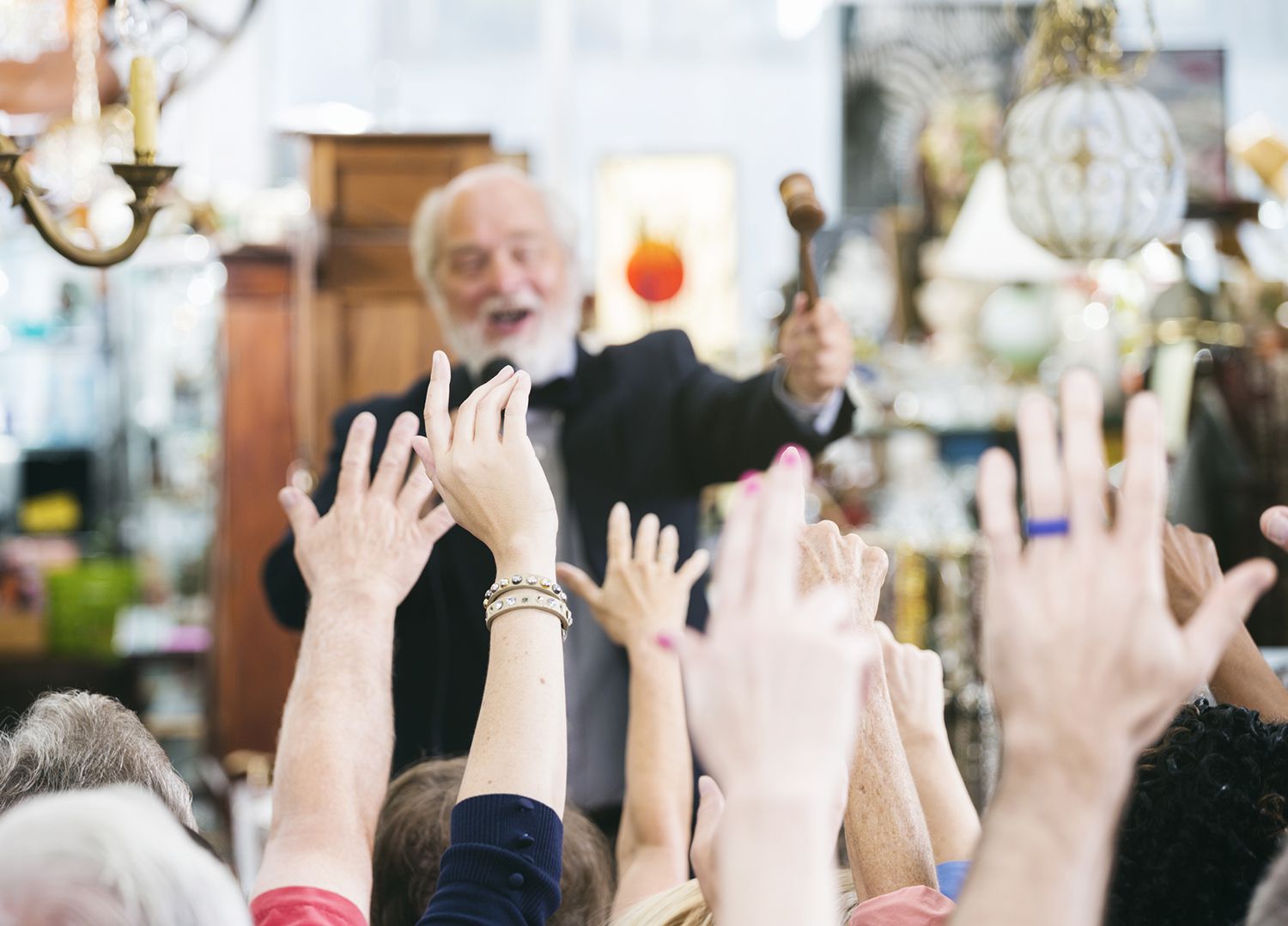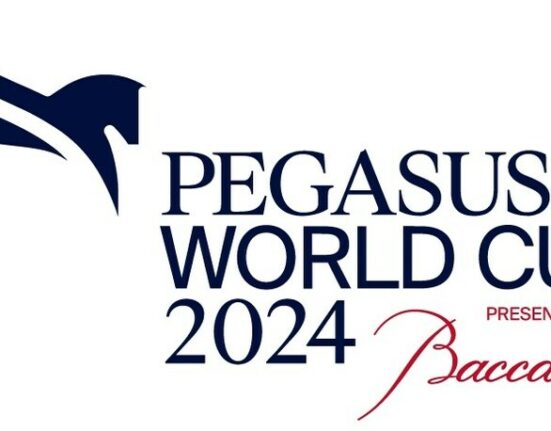The fine art market continues to boom. It seems that every day, another auction record is set for “the highest price ever paid.” So what does that mean for the painting you bought to match your sofa a few years back? It may increase in worth, or it may be as salable as your kid’s pasta-filled craft project.
So how do you tell? Well, as with any investment, you need to do your research and go beyond your comfort zone. The art market is fickle, and there are no guarantees of profitability, but with a little legwork and forethought, you can fill your home with images that may prove worthy assets down the line. Consider these tips for choosing fine art and identifying the Michelangelo from the macaroni.
Key Takeaways
- High-end copies of original work are known as giclées, where the rarity of a work of art is what gives it value—as many experts see giclées as gimmicks.
- Then there are prints and posters, which are generally easily distinguished from an artist’s original piece with the naked eye.
- Nonetheless, many people who buy paintings don’t end up selling them later on, and that fact can skew pricing samples for art.
- Your best shot at a decent payout will be a fine art auction house, which will typically charge around 5% to 25% of your sale price for auctioning your piece—where do-it-yourself sites tend to draw less money.
- Art is a long-term investment, and while the art market can be stable or show large returns on investment during boom times, it is one asset that can easily plummet in value during seasons of recession.
Original Ideas: Paintings and Giclées
You walk into a gallery and fall in love with a $5,000 painting, but you can’t justify the price tag. The gallery owner shows you a selection of the same artist’s work for a humble $500, explaining that the pieces are giclées. A giclée is a machine-made print, a reproduction printed on fine paper or canvas with color and clarity that can rival the original. But it’s still a copy.
The rarity of a work of art is what gives it value, so an original will always be worth more than a reproduction. While a giclée may come labeled with superlatives like “museum quality” or “archival” and the seller may hawk a certificate of authenticity, it will never be as valuable as an original. Some artists and appraisers even view giclées as a gimmick for novice artists and neophyte collectors.
Still, there’s no denying that a giclée puts fine art within reach for many art enthusiasts, and while a certificate doesn’t lend much value to the reproduction, a fresh signature and especially a remarque (an original drawing made by the artist in the margin of the giclée) could bump up future value.
You may hear stories of giclées being proudly exhibited at such noble institutions as the British Museum and the Metropolitan Museum of Art, but the pieces held in these collections are limited edition Iris prints of digital images or digital manipulations—such as “Nest and Trees” by Kiki Smith at the Met. They are not reproductions of original paintings.
Museums do, however, sell giclée versions of masterpieces to generate income. These giclées, though pleasing to your eye and soul, won’t pull in any future income for you.
Doing the Loupe de Loupe: Prints and Posters
In the mid-19th century, Currier & Ives brought art into the homes of America with their mass-produced prints. During the first half of the 20th century, a quarter of U.S. households were decorated with prints by artist Maxfield Parrish.
These images are the predecessors of the posters sold in malls and museum shops today. Posters, like giclées, give you access to a masterpiece, but a poster is not the same as a fine art print, which can be in the form of a hand-pulled silkscreen, lithograph, or block print.
The most valuable painting ever sold was Leonardo da Vinci’s “Salvator Mundi,” which went for $475 million at auction.
You can often distinguish an artist’s print from a poster with the naked eye, though in some cases, you may need a loupe or magnifying glass. The process of offset printing leaves a tiny dot matrix on the paper: Think of a comic book or a Roy Lichtenstein painting with its exaggerated dots of color.
Several factors determine the value of fine art—the size of the edition (that is, the number of prints the artist makes of one work), the significance of the work, the condition of the print, and whether it is signed and numbered by the artist.
In the print market, it is a rarity that bestows value. A low run of limited edition prints is more valuable than a mass-produced image. Even an earlier pull of a print—say No.10 of 100 (rather than No. 80 of 100)—can mean better value.
Cruising Cruise Art Auctions
A cruise art auction is precisely as it sounds: it’s a sea cruise that displays and sells fine art. With name-brand artist prints, drawings, and paintings that come hyped with certificates of authenticity, the cruise auction can seem like a boon to the aspiring art investor.
The artwork changes each day as lots are sold off, and written appraisals suggest pieces are offered at a fraction of their value. You might feel like you’ve stumbled into a floating investment paradise.
The artwork at these auctions might be genuine, but that doesn’t necessarily make for a good investment. Cruise auctions work on the principle that buyers believe authenticity equals high value.
Unfortunately, authenticity does not guarantee the rarity of a piece or its importance in the art world. The critical guideline for buying art cannot be repeated too often: rare art is valuable art.
But how can you know whether your auction find is a rare commodity? Do your research. Hit the internet café on your ship before you plunk down the plastic. You can google the artist and the specific artwork to get some history and check sites such as artfacts.net or eBay to get a representative sample for pricing.
Selling Your Art Investment
Although art sales witnessed a significant decline due to the COVID-19 pandemic, the U.S. art market has recovered strongly and sales in 2022 were greater than before the pandemic, growing to $30.2 billion—the highest level to date, representing an 8% increase from 2021. Global sales also increased in 2022 to $67.8 billion (a 3% increase from 2021). Total sales by auction companies (both public and private), were estimated to have reached $30.6 billion in 2022 (11% up on pre-pandemic levels in 2019).
If you have a true find hanging on your wall, and you’re ready to part with it, your best shot at a decent payout will be a fine art auction house, which will typically charge around 13% to over 30% of your sale price for auctioning your piece. The do-it-yourself internet auction sites usually draw far less coin.
Still, art is a long-term investment, and while the art market can be stable or even show gigantic returns on investment during boom times, it is one asset that can easily plummet in value during seasons of recession.
Final Tips for Investing in the Arts
Gallery owners will tell you that buying art is an emotional decision, but don’t fall for that line if you are thinking of it as an investment. Research any living artists who catch your eye. Learn about their education, their commissions, and their exhibits.
Visit museums, galleries, and art institutions in your area regularly so you can recognize potential movers and shakers in your region. If you’re considering a piece by a renowned artist, get an appraisal. Look for quality, and don’t buy anything in bad condition. With a little effort, you may befriend the next Rothko or unearth a lost masterpiece that’s worth a million.
Is Investing in Fine Art a Good Investment?
Investing in fine art can be a good investment for some but is a risky endeavor. It is not guaranteed that all art will appreciate in value, so an investor can never be sure what the future value of the art they are buying will be. Art that is rare is more valuable and particularly if it is an original piece as opposed to a reproduction. Art and artists come in and out of vogue, so timing is also always a factor. Furthermore, purchasing art comes with additional costs, such as storage, insurance, and commissions.
How Do You Invest in Fine Art?
The most simple way of investing in fine art is at an auction or through a gallery that sells an artist’s work. One can directly approach an artist as well or commission their own art from the artist.
How Do I Start Investing in Fine Art?
To start investing in fine art, one can attend online auctions, make visits to art fairs, and invest in shares of art through various online platforms, like Otis.
The Bottom Line
If you have the money, investing in art can not only add beautiful aesthetics to your home but can be a good investment if done right. Focusing on original pieces and items that are rare can boost up the value, and making sure you don’t sell in times of recession can ensure you’re getting the most for your investment.







